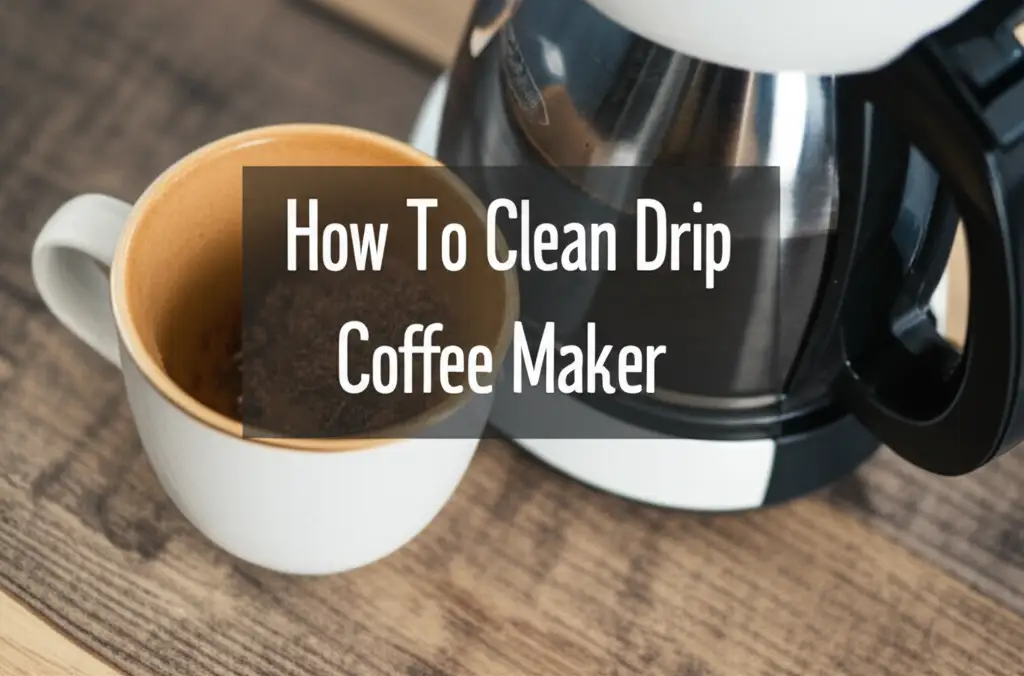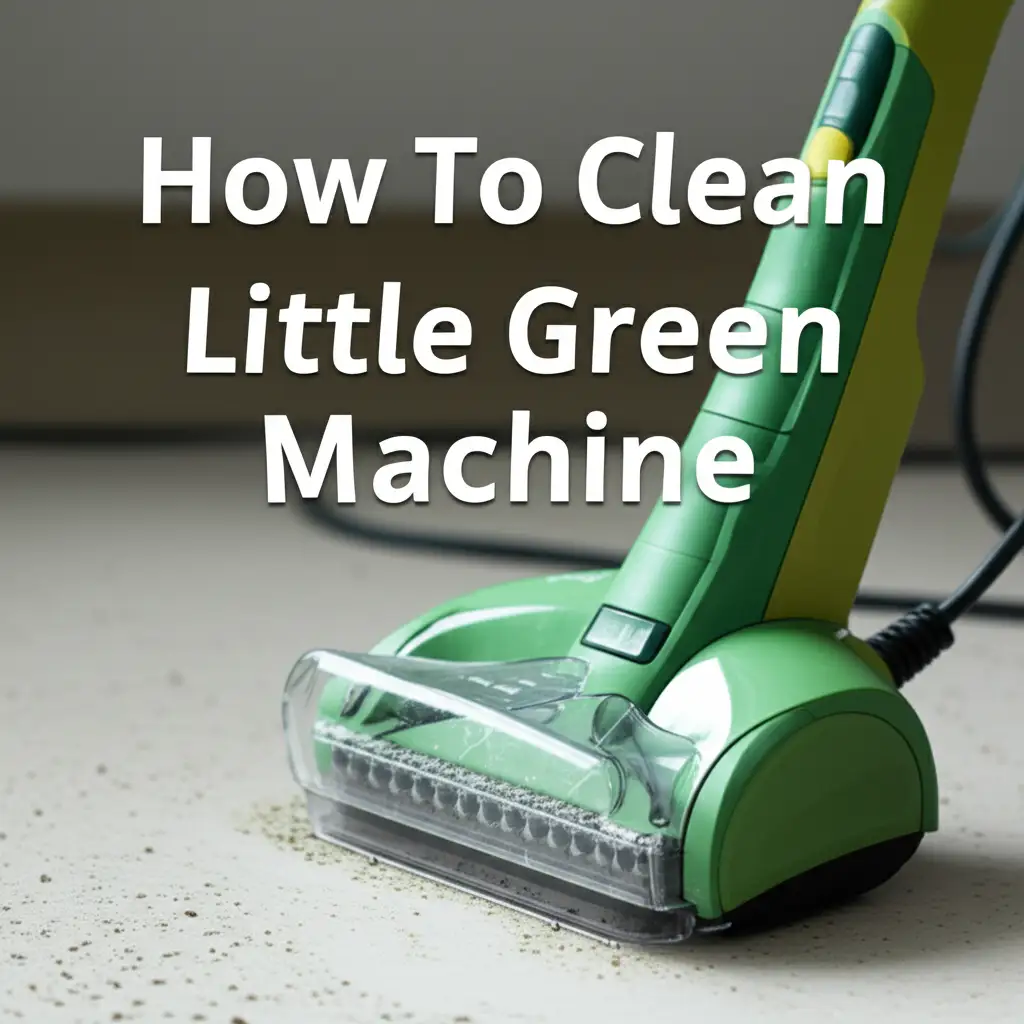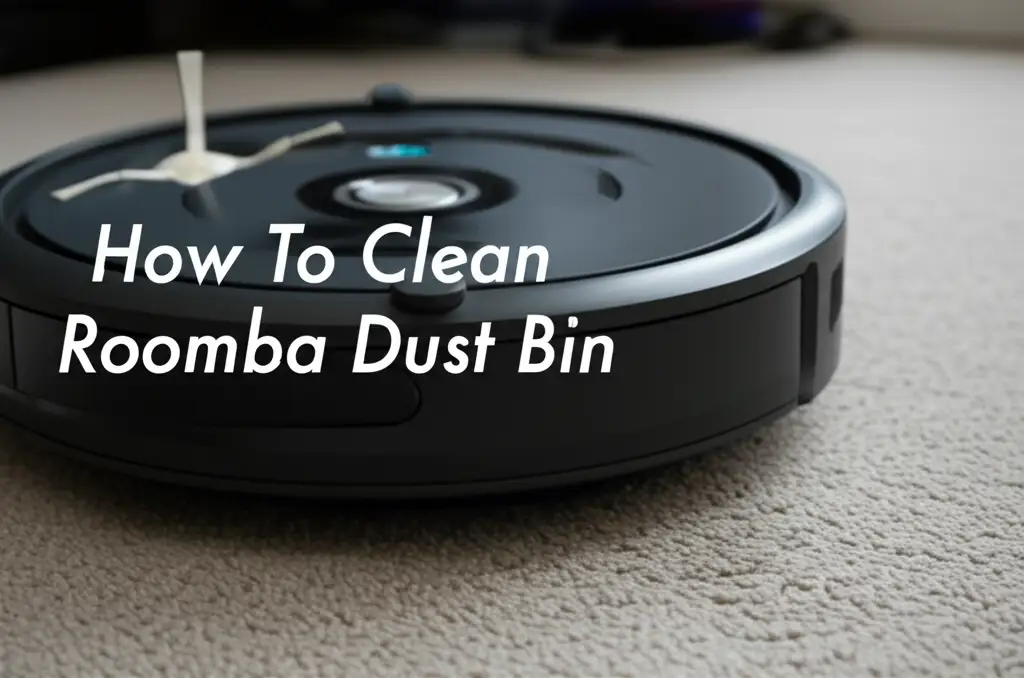· Appliance Maintenance · 17 min read
How To Clean Drip Coffee Maker

How To Clean Your Drip Coffee Maker: A Complete Guide
A fresh cup of coffee starts your day right. But does your coffee taste as good as it should? Many people do not realize their coffee maker needs regular cleaning. A dirty machine can impact flavor and even your health. Learning how to clean a drip coffee maker is simple. It ensures better-tasting coffee and extends the life of your appliance. I will guide you through effective cleaning methods. We will cover daily cleaning, deep descaling, and tackling stubborn issues like mold. You will soon enjoy perfect coffee every time.
Takeaway
- Regular cleaning prevents mineral buildup and mold growth.
- Use vinegar or baking soda for effective descaling.
- Clean removable parts daily and deep clean monthly.
- A clean coffee maker makes coffee taste better.
- Proper maintenance extends your coffee maker’s life.
Main Query Answer
To clean a drip coffee maker, regularly wash removable parts with soap and water. Descale the internal system monthly by running white vinegar or a baking soda solution through a brew cycle. Follow with several cycles of clean water to rinse thoroughly.
Why Regular Coffee Maker Cleaning Matters
Your coffee maker brews delicious coffee daily. Over time, however, hard water leaves behind mineral deposits. These deposits, often called limescale, build up inside the machine’s internal components. This buildup slows the brewing process. It also reduces the coffee’s temperature. You might notice your coffee tastes bland or even bitter. This happens because the water does not heat properly.
Mineral buildup is not the only issue. Coffee oils and residues also accumulate. These oils can turn rancid. Rancid oils affect the taste and aroma of your fresh brew. Imagine sipping coffee with an off flavor. That experience comes from a dirty machine. Regular cleaning removes these oils. It ensures your coffee retains its rich flavor.
Another hidden problem is mold and bacteria. The warm, damp environment inside a coffee maker is perfect for their growth. Mold can form in the water reservoir, brew basket, or even the water lines. This is a serious health concern. You do not want mold spores in your morning coffee. Learning how to clean a drip coffee maker regularly prevents these issues. It keeps your appliance hygienic.
A clean coffee maker also lasts longer. Mineral deposits strain the heating element and pump. This can cause the machine to break down sooner. Proper cleaning removes this stress. It protects your investment. You save money by not replacing your coffee maker often. I always feel better knowing my appliance is clean and ready.
Essential Supplies for Cleaning Your Drip Coffee Maker
Before you begin cleaning, gather all necessary supplies. Having everything ready makes the process smooth. You likely have most of these items at home already. You will need white distilled vinegar. This is a powerful, natural descaler. Vinegar breaks down mineral deposits effectively. Its acidic nature makes it ideal for removing limescale.
Baking soda is another key ingredient. It acts as a mild abrasive and odor neutralizer. You can use it as an alternative descaling agent. It is especially good for tackling persistent odors. When cleaning a coffee maker with baking soda, you will create a paste or a solution. This offers a gentler approach than vinegar, if preferred.
You also need dish soap. Gentle dish soap is perfect for cleaning removable parts. It cuts through coffee oils and residue. Choose a soap that rinses clean without leaving any scent. A soft sponge or cloth is essential. These tools help scrub surfaces without scratching them. Avoid abrasive scrubbers on delicate parts.
A small brush can be very helpful. Bottle brushes or old toothbrushes reach tight spots. These spots include the inside of the water reservoir or the brew basket’s crevices. You will also need plenty of fresh water for rinsing. Rinsing is a critical step. It removes cleaning solutions completely. This ensures no cleaning product flavors remain. I find having a clean towel handy for drying also helps.
For a thorough clean, you might also consider a coffee machine cleaner. These commercial products are formulated for coffee maker descaling. They are often convenient. However, natural options like vinegar and baking soda are usually sufficient. They are also cost-effective. Always read your coffee maker’s manual before using any cleaner. It might have specific recommendations.
Step-by-Step Daily Cleaning for Your Coffee Maker
Daily cleaning prevents build-up and maintains fresh coffee flavor. This routine is quick and simple. First, unplug your coffee maker. Safety comes first. Allow the machine to cool down completely if you just brewed coffee. This prevents burns and damage to parts.
Next, remove the brew basket and the permanent filter, if you use one. Discard any used coffee grounds. Rinse these parts under warm running water. Use a small amount of dish soap on a soft sponge. Gently scrub away any visible coffee residue. Pay attention to corners and crevices. This helps remove oils.
Clean the coffee carafe next. Rinse out any remaining coffee. Add warm water and a few drops of dish soap. Use a bottle brush or soft sponge to scrub the inside. Coffee stains can be stubborn. If your carafe is glass, you can see these stains clearly. Make sure to clean the lid as well. Coffee splashes often dry on the lid.
Rinse all washed parts thoroughly with clean, warm water. Ensure no soap residue remains. Soap can leave a bad taste. Let the parts air dry completely before reassembling. Or, you can dry them with a clean towel. A dry environment prevents mold growth. This is especially important for the brew basket.
Wipe down the exterior of the coffee maker. Use a damp cloth to clean the outside surface. Pay attention to the drip tray and surrounding areas. Coffee splatters often accumulate here. This daily wipe-down keeps your kitchen looking tidy. It also prevents sticky residue from building up. I find that this small daily effort makes a big difference. It keeps my machine ready for the next morning brew.
Deep Cleaning Your Drip Coffee Maker with Vinegar
Deep cleaning is essential for removing mineral deposits and ensuring optimal performance. I recommend doing this monthly, or more often if you have hard water. Vinegar is a fantastic natural cleaner for this task. It effectively dissolves limescale. First, empty your coffee maker. Make sure the carafe is clean and empty.
Pour a solution of equal parts white distilled vinegar and water into the water reservoir. For most standard coffee makers, this means about 4-6 cups of each. Do not add coffee grounds. Your goal is to clean the internal system. The strong acidity of the vinegar works on the mineral buildup.
Place the empty carafe on the heating plate. Run a brew cycle. This pulls the vinegar solution through the internal tubes. You will notice the solution bubbling through. Let the cycle complete halfway. Then, turn off the coffee maker. Let it sit for 30 minutes to an hour. This soaking time allows the vinegar to work on stubborn deposits. It is like letting a stain soak before scrubbing.
After soaking, turn the coffee maker back on. Let the rest of the vinegar solution brew through. Once the cycle finishes, discard the vinegar solution from the carafe. This completes the descaling part. Your machine’s internal parts are now much cleaner.
Now, you must rinse the machine thoroughly. This step is critical. Fill the water reservoir with fresh, clean water. Run a full brew cycle. Repeat this step at least two more times. I usually run three full water cycles. This ensures all vinegar residue is gone. You do not want a vinegar taste in your next cup of coffee. The thorough rinsing guarantees pure coffee flavor.
Deep Cleaning Your Drip Coffee Maker with Baking Soda
Baking soda offers an excellent alternative for deep cleaning and descaling. It is gentler than vinegar but very effective, especially for odors. You can use it if you dislike the strong smell of vinegar. First, ensure your coffee maker is empty and cooled. Remove all removable parts.
Create a baking soda solution. Mix about 1/4 cup of baking soda with 4 cups of warm water. Stir until the baking soda dissolves completely. It is important that the solution is smooth. Pour this solution into the coffee maker’s water reservoir. Do not add coffee grounds.
Place the empty carafe on the heating plate. Run a brew cycle with the baking soda solution. As the solution brews, it cleans the internal components. It helps break down mineral deposits and coffee oils. Let the cycle complete fully. The baking soda acts as a mild abrasive. It also neutralizes any lingering odors inside the machine.
After the baking soda solution has brewed through, discard it from the carafe. Now, the rinsing process begins. Fill the water reservoir with fresh, clean water. Run a full brew cycle. Repeat this rinsing cycle at least three to four times. This is vital to remove all baking soda residue. Any leftover baking soda can affect your coffee’s taste.
For stubborn stains on the carafe or brew basket, you can make a baking soda paste. Mix a small amount of baking soda with water to form a thick paste. Apply this paste to stained areas. Let it sit for a few minutes. Then, gently scrub with a soft sponge. Rinse thoroughly. This method is effective for both cleaning and deodorizing. Cleaning your coffee maker with baking soda can also be combined with vinegar cleaning for a powerful effect, as explored in articles like how to clean with vinegar and baking soda.
Cleaning Your Coffee Maker to Remove Mold and Grime
Mold can be a serious concern in a drip coffee maker. The warm, damp environment inside creates perfect conditions for mold growth. If you see black spots or smell a musty odor, you likely have mold. Addressing mold quickly is crucial for your health. A comprehensive cleaning eliminates it. Begin by unplugging the machine.
Remove all detachable parts: the water reservoir, brew basket, filter holder, and carafe. Inspect each part for mold. Look for black, green, or white fuzzy spots. Mold often grows in crevices or areas with standing water. You need to clean each part thoroughly.
For moldy parts, wash them with hot, soapy water. Use dish soap and a brush. For stubborn mold, create a solution of one part white vinegar to one part water. Soak the moldy parts in this solution for 30 minutes. Vinegar is a natural disinfectant and kills mold effectively. After soaking, scrub the parts thoroughly. Make sure to remove all visible mold. Rinse them very well with clean water. Let them air dry completely. For more detailed instructions on handling mold, consider consulting resources on how to clean mold out of coffee maker.
Now, clean the internal system where mold might hide. Fill the water reservoir with pure white distilled vinegar. Run a full brew cycle. This sends vinegar through the internal tubes. Let the vinegar sit in the machine for at least 30 minutes. This allows it to kill mold spores in hard-to-reach areas. Then, run another full brew cycle. Discard the vinegar from the carafe.
Follow with several plain water cycles. Run at least three full cycles with fresh water. This flushes out all vinegar and dead mold spores. Rinse the carafe between each water cycle. Mold can be persistent. If you still see or smell mold, repeat the vinegar treatment. A clean coffee maker means healthier coffee. I always ensure no mold remains before using my machine again.
How Often Should You Clean Your Coffee Maker?
Knowing the right cleaning frequency keeps your coffee maker performing its best. The answer depends on how often you use your machine and your water quality. A general rule helps guide you. Daily light cleaning is the first step. After each use, wash the carafe, lid, and brew basket with soap and water. This prevents coffee oil buildup and helps avoid stale flavors. It also keeps your machine looking tidy.
For a deeper clean, descaling is essential. I recommend descaling your drip coffee maker at least once a month. If you live in an area with hard water, you might need to descale more often. Hard water contains more minerals. These minerals accumulate faster inside the machine. You might notice slower brewing times or incomplete brewing cycles. These are signs that it is time for descaling. Descaling involves running a vinegar or baking soda solution through the machine.
If you are a heavy coffee drinker, using your machine multiple times a day, consider descaling every two to three weeks. Frequent use means more water passing through the system. This increases mineral deposit accumulation. It also means more coffee oils residue building up inside. Your coffee will thank you for the extra attention.
Even if you do not use your coffee maker often, deep cleaning is still important. Dust and dormant mold spores can settle in the machine. A quick monthly descaling keeps it fresh and ready for use. I always make it a habit to mark my calendar. This helps me remember my cleaning schedule.
Pay attention to your coffee’s taste. A bitter or bland taste often indicates a dirty machine. Visible mineral buildup inside the water reservoir or in the carafe is another sign. These cues tell you it is time to clean. Consistent cleaning habits improve both your coffee’s flavor and your machine’s longevity. It’s a small effort for a big reward.
Troubleshooting Common Coffee Maker Cleaning Issues
Even with regular cleaning, you might encounter some issues. Knowing how to troubleshoot helps you keep your coffee maker in top shape. One common problem is a lingering vinegar smell or taste after descaling. This happens if you do not rinse the machine enough. To fix this, run several more cycles with plain, clean water. Fill the reservoir completely each time. Repeat until no vinegar smell remains. I usually run at least three to five extra water cycles to be safe.
Another issue is stubborn stains on the carafe. Coffee stains can be difficult, especially on glass carafes. If regular dish soap does not work, try a baking soda paste. Mix baking soda with a little water to form a thick paste. Apply it to the stained areas inside the carafe. Let it sit for 15-30 minutes. Then, scrub with a soft brush or sponge. The mild abrasive action of baking soda helps lift the stains. Rinse thoroughly afterwards. You can also try filling the carafe with warm water and a denture cleaning tablet overnight.
Slow brewing or incomplete cycles can indicate severe mineral buildup. If monthly descaling does not fully fix this, your machine might need a stronger treatment. You can try a stronger vinegar solution, using two parts vinegar to one part water. Or, you can repeat the descaling process twice in a row. Sometimes, calcium deposits are very thick. They require more than one treatment to dissolve fully.
A musty odor after cleaning suggests mold might still be present. Mold spores can hide in tiny crevices. If you smell mold, repeat the vinegar deep cleaning process. Pay extra attention to the water reservoir and the showerhead area where water disperses. Use a small brush to scrub these areas. Ensure all parts dry completely after cleaning. Air circulation helps prevent mold regrowth. Cleaning mold from a portable ice maker offers similar principles for dealing with stubborn mold in appliances.
Lastly, sometimes removable parts become discolored. This usually does not affect performance. However, you can try soaking them in a solution of warm water and a small amount of bleach (about one teaspoon per gallon of water) for 30 minutes. Rinse extremely thoroughly afterwards. Do not use bleach if your parts are metal. Always refer to your coffee maker’s manual for specific cleaning advice.
Preventative Measures for a Cleaner Coffee Maker
Maintaining a clean drip coffee maker involves more than just periodic deep cleaning. Implementing daily habits can significantly reduce the need for intensive scrubbing. These simple steps keep your machine in top condition. First, always empty the water reservoir after each use. Do not leave standing water in the machine overnight. Stagnant water promotes mineral buildup and encourages mold growth. Emptying it helps keep the reservoir fresh.
Use filtered water whenever possible. Tap water often contains minerals like calcium and magnesium. These minerals are the primary culprits behind limescale buildup. A simple Brita filter or a refrigerator water dispenser can provide filtered water. This small change dramatically slows down the accumulation of mineral deposits. It reduces how often you need to descale your machine. This helps your machine perform better for longer.
After brewing, leave the lid of the water reservoir open. Also, leave the brew basket lid slightly ajar. This allows air to circulate inside the machine. Air circulation helps parts dry out completely. A dry environment discourages mold and mildew from forming. It prevents that musty smell. I always do this; it’s a simple habit that makes a big difference.
Do not leave leftover coffee in the carafe. Pour out any remaining coffee after serving. Then, rinse the carafe promptly. Coffee residue left sitting in the carafe can dry and stain. It can also turn rancid. Rancid coffee oils create unpleasant odors and flavors. Cleaning the carafe immediately prevents these issues.
Regularly wipe down the exterior of your coffee maker. Coffee splatters and dust can accumulate on the surface. A quick wipe with a damp cloth keeps your appliance looking clean. This also prevents sticky residue from hardening. A clean exterior reflects a well-maintained machine. By adopting these preventative measures, you extend the life of your coffee maker. You also ensure every cup of coffee tastes its best. Consistency is key here.
FAQ Section
Can I use dish soap to clean my coffee maker?
You can use dish soap to clean the removable parts of your coffee maker, like the carafe and brew basket. Wash them with warm, soapy water and a soft sponge. Do not put dish soap into the water reservoir or internal system, as it can leave residue and affect coffee taste. Only use descaling solutions like vinegar or baking soda for the internal parts.
How often should I descale my coffee maker?
Descale your coffee maker at least once a month. If you have hard water or use your coffee maker daily, you might need to descale every two to three weeks. Signs like slower brewing or less hot coffee indicate it’s time for descaling. Regular descaling prevents mineral buildup and keeps your machine working efficiently.
Is vinegar safe for all coffee makers?
White distilled vinegar is generally safe for most drip coffee makers. It is a natural and effective descaling agent. However, always check your coffee maker’s manual first. Some manufacturers might recommend specific descaling solutions or warn against vinegar use for certain materials. Avoid using apple cider vinegar or other types, as they can leave residue.
Why does my coffee maker smell bad after cleaning?
A bad smell after cleaning often means residue from the cleaning agent remains. If you used vinegar, you need to run more plain water cycles to flush it out completely. A musty smell can indicate leftover mold spores. In this case, repeat the deep cleaning process with vinegar and ensure all parts dry thoroughly after cleaning.
Can I put coffee maker parts in the dishwasher?
Some coffee maker parts are dishwasher safe, but not all. Check your coffee maker’s manual to confirm. Generally, glass carafes are often dishwasher safe, but plastic brew baskets or water reservoirs might warp under high heat. Hand washing with dish soap is usually the safest method for all removable parts to ensure their longevity.
Conclusion
Keeping your drip coffee maker clean is a simple habit with big rewards. You now know how to clean a drip coffee maker effectively, from daily rinses to thorough descaling. Regular maintenance prevents mineral buildup, eliminates rancid coffee oils, and stops mold growth. This ensures every cup of coffee you brew tastes fresh and delicious. It also significantly extends the life of your beloved appliance.
Remember to follow the daily cleaning routine for removable parts. Implement a monthly deep cleaning schedule using white vinegar or baking soda. Always rinse your machine thoroughly after descaling to remove any cleaning solution residue. By taking these steps, you safeguard your health and your coffee’s flavor. So, go ahead and give your coffee maker the care it deserves. Your taste buds, and your wallet, will thank you. Start cleaning today for a better coffee experience tomorrow!
- coffee maker cleaning
- drip coffee maker maintenance
- descaling coffee maker
- vinegar cleaning
- baking soda cleaning
- clean coffee pot




